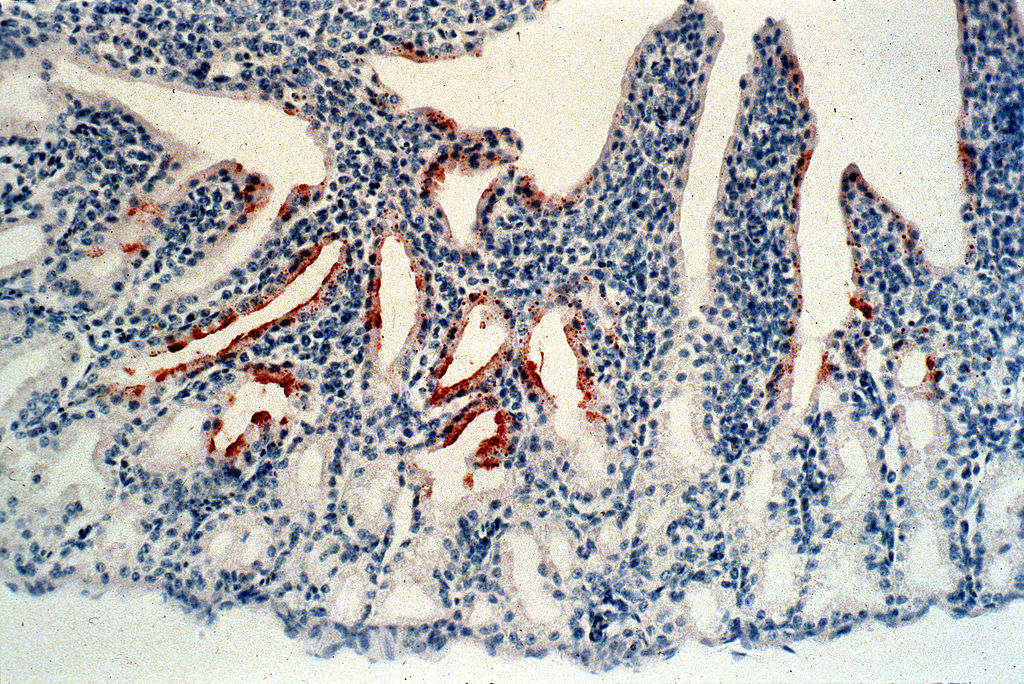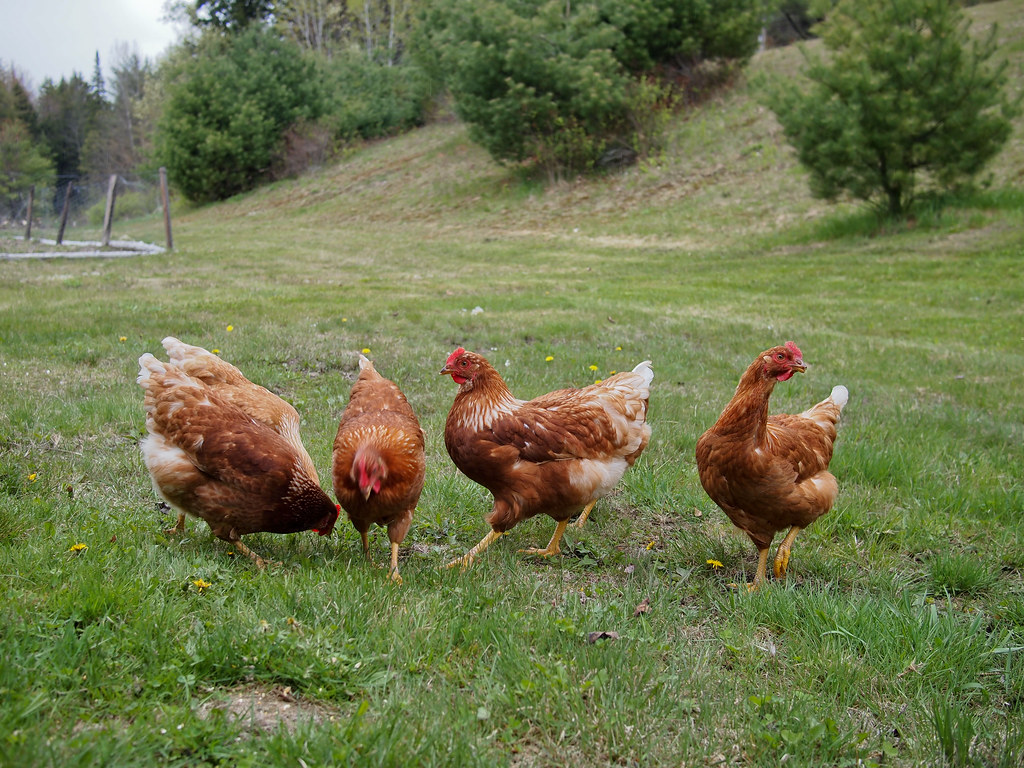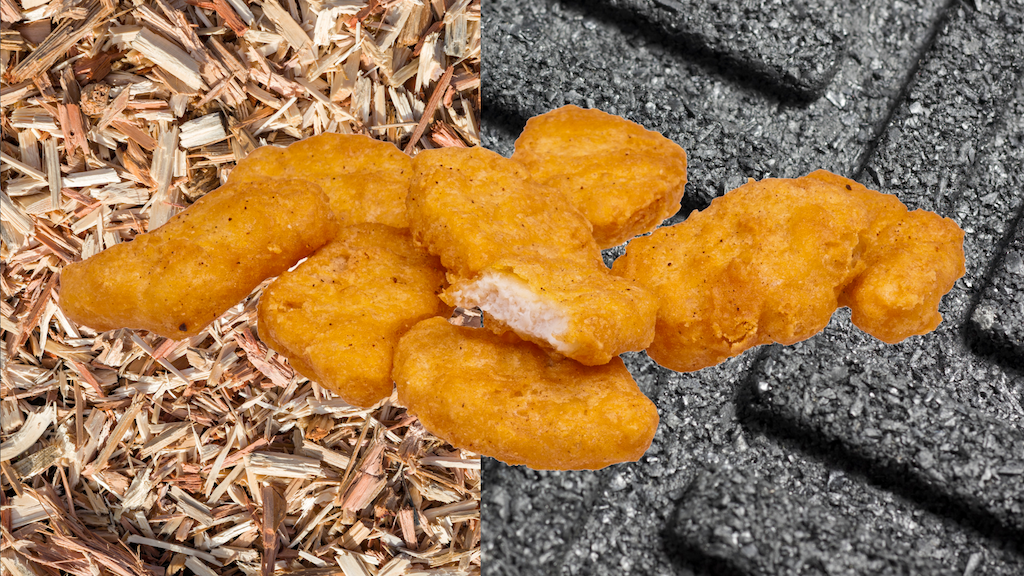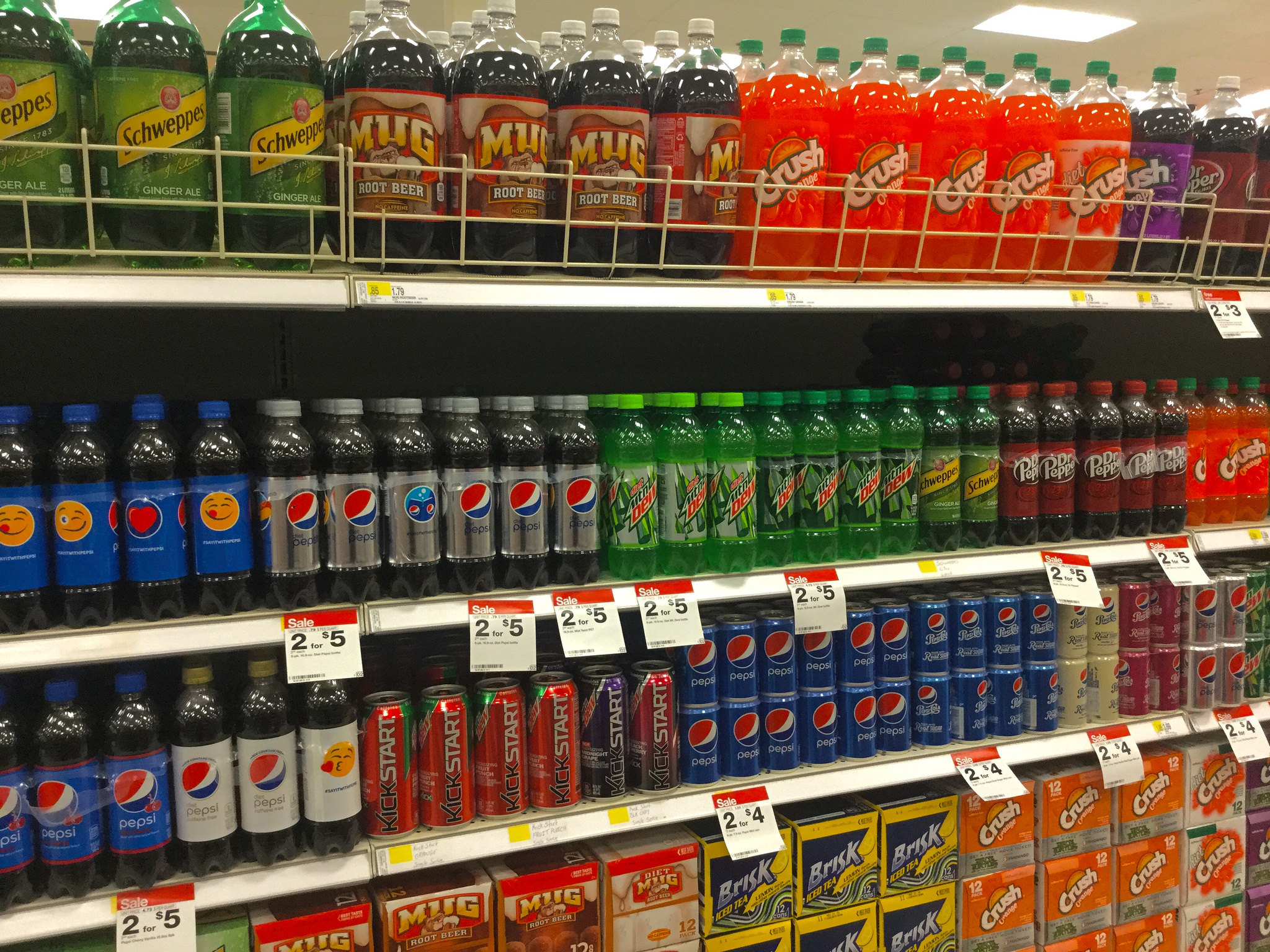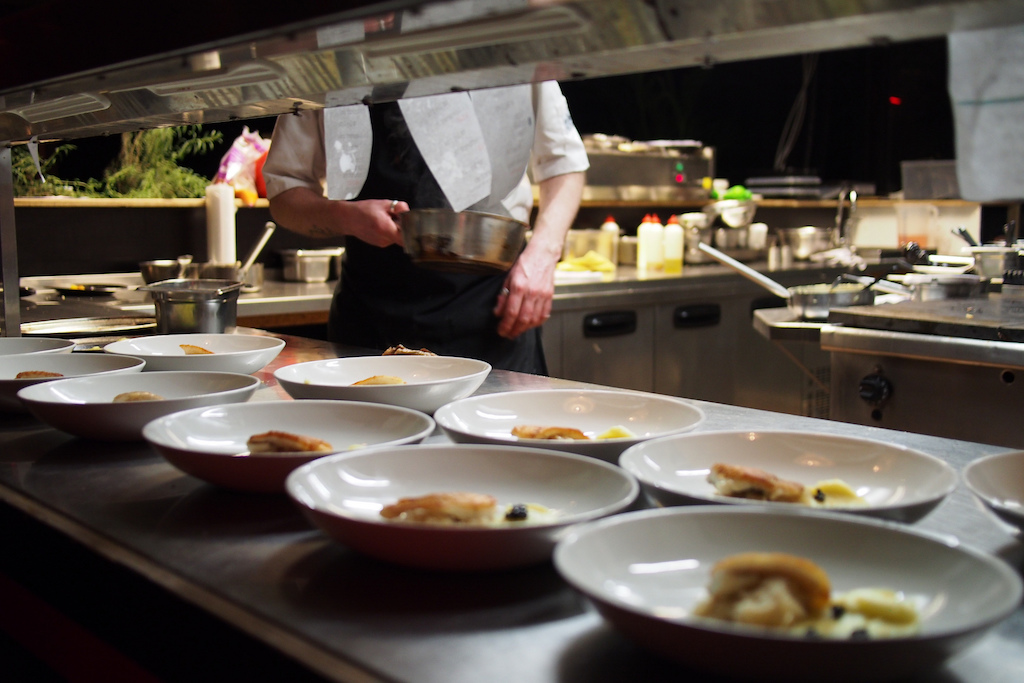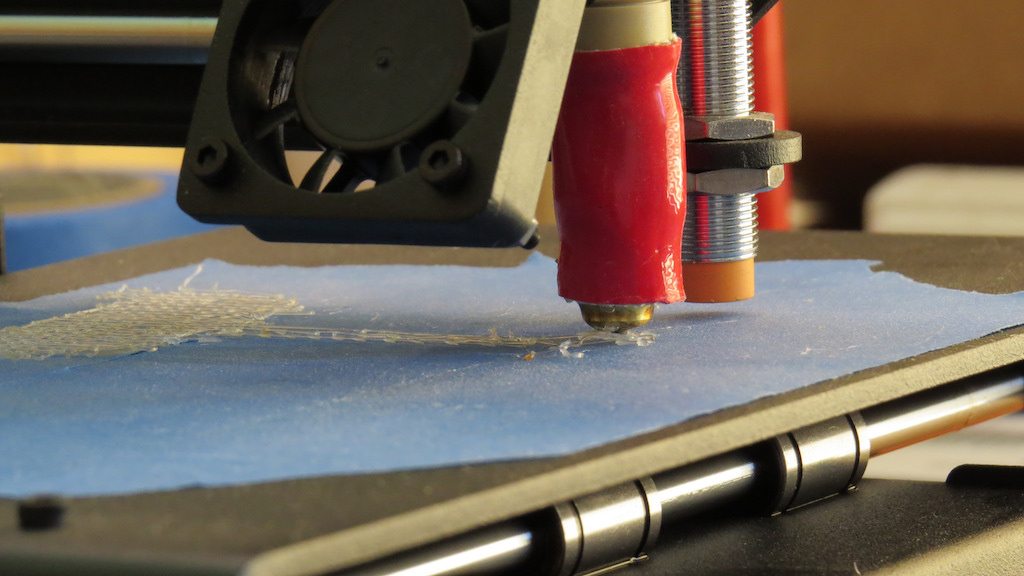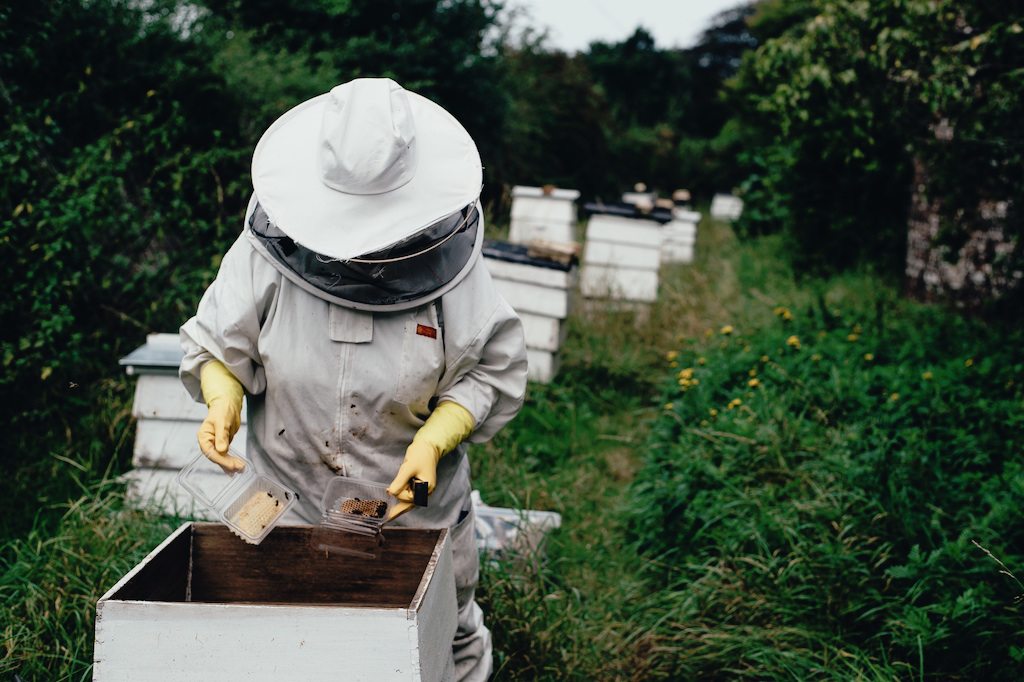This is the web version of a list we publish twice-weekly in our newsletter. It comprises the most noteworthy food stories of the moment, selected by our editors. Get it first here.
California problems, Arizona chickens. For the first time since re-emerging in California last May, a chicken has been found with the highly contagious Virulent Newcastle Disease. This backyard bird turned up in Flagstaff, Arizona, according to KJZZ radio news. Last week, we reported this Newcastle outbreak has led to over 1 million euthanizations, many among backyard birds. The disease is lethal among chickens, but not a serious threat to humans.
Waste not. Today USDA, EPA, and FDA trumpeted a big new “federal interagency strategy to address food waste.” So far the proposal is long on vague ideas (see: “Collaborate with Private Industry to Reduce Food Loss and Waste Across the Supply Chain”) and low on substantive action, but it’s early yet.
Labor party. In today’s tight labor market, fast-food companies have little choice but to sweeten the pitch to entice potential applicants. CNN reports that Taco Bell’s quest to recruit more workers has led to “hiring parties,” replete with free food and Insta-ready props. Meanwhile, the Department of Homeland Security announced that it would issue 30,000 additional visas for temporary, non-agricultural workers this year due to labor shortages, according to The New York Times. How the turntables.
A+. An Indiana nonprofit is reducing food waste in schools and tackling hunger at home by turning unused ingredients into take-home meals, local news station KATV reports. As part of the pilot program, 20 students in the Elkhart Community Schools District return home each Friday with a backpack filled with eight frozen meals. Two birds, one scone.
TBHQ, TBD. Scientists at Michigan State University injected mice with TBHQ, a common food additive, and as a result, the mice became more vulnerable to the flu, Chase Purdy reports for Quartz. But how much cause for concern should that give us non-mice humans? Spoiler: Probably not much. What happens to laboratory mice is often not an accurate predictor of what happens to people, and, as NFE columnist Pat Clinton has pointed out time and time again, eaters shouldn’t be thinking about additives in terms of theirpresence but rather the total risk that they pose. Even Purdy points out, in another study cited in the piece, that humans would need to eat a lot more TBHQ to see its negative effects. Translation: Chill out.
Siri, count CAFOs. No one knows exactly how many concentrated animal feeding operations (commonly abbreviated as CAFOs) exist in the U.S. Most counts are done manually, a labor-intensive process. Now, researchers are trying to harness machine-learning technology to train computers to do the work. First, they feed satellite images of CAFOs into a computer. Then, they let WALL-E detect CAFOs that humans might have missed. Industrial farms come in all shapes and sizes, however, so there’s a lot more machine-learning left to do. Harvest Public Media has the story.
